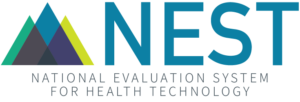Overview
In November 2018, NESTcc announced eight Test-Case projects that reflect the diversity of types of medical devices available and the different uses of data in pre-market and post-market settings. In November 2019, 12 additional Test-Cases were announced.
NESTcc’s Test-Cases include projects along the 510(k) and premarket approval regulatory pathways, across nine disease areas, and throughout the medical device Total Product Life Cycle (TPLC). Test-Case concepts were solicited from stakeholders across the ecosystem, including health systems, government organizations, non-profit patient organizations, and medical device manufacturers.
Partners
NESTcc Test-Cases are being executed through collaborations with the following organizations from the medical device ecosystem:
Abbott Diagnostics
Adhesys Medical
American Sleep Apnea Association (ASAA)
AventaMed
Becton Dickinson (BD)
Cook Medical
Intrinsic Therapeutics
Johnson & Johnson Medical Device Companies
Medtronic
Pear Therapeutics
U.S. Food and Drug Administration (FDA)
W.L. Gore & Associates, Inc.
The Women’s Health Technology Coordinated Registry Network (WH-CRN)
Yale New Haven Health Center for Outcomes Research and Evaluation (CORE)
In addition to these groups working through independent collaborations, the American Academy of Orthopaedic Surgeons (AAOS) is serving as a neutral convener for a Test-Case that brings together DJO Global, DePuy Synthes, Smith & Nephew, Stryker, Zimmer Biomet, NESTcc Network Collaborators, and the American Joint Replacement Registry (AJRR), which is housed at AAOS.
Recordings of Completed Test-Case Presentations
NESTcc continuously shares learnings and findings from its 21 Test-Cases at our events. See the videos below to discover key insights from real-world evidence research across the total product life cycle.
Developing Objective Performance Criteria (OPC) for Outcomes after Hip and Knee Replacement
The Feasibility of Using Real-World Data in the Evaluation of Cardiac Ablation Catheters
Creation of a Patient-facing Mobile App for a Stress Urinary Incontinence (SUI) Surgery Registry
Testing the Use of RWD from Three Unique Sources to Expand Indications
Conducting Proactive Post Marketing Safety Surveillance of Intervertebral Body Fusion Devices Using EHR Data
Test-Case Snapshots
Data Source Definitions
Claims
Encounter data from a range of healthcare sites (inpatient hospital, outpatient hospital, emergency room, physician’s office, surgery center, etc.) describing diagnoses, treatments, and billed and paid amounts for reimbursement purposes.
Electronic Health Records (EHR)
Patient data entered by healthcare providers in a range of healthcare delivery settings for routine care purposes. This data may include, but is not limited to, patient demographics, past medical history, prescribed medications, immunizations, physical examination and vital signs, diagnoses, laboratory and imaging data, procedure data, and healthcare provider notes.
Registry
An organized system that uses observational study methods to collect uniform data (clinical and other) to evaluate specified outcomes for a population defined by a particular disease, condition, or exposure, and that serves a predetermined scientific, clinical, or policy purpose(s).
Patient-Generated health Data (PGD)
Data that is generally captured outside of the clinical setting through patient reported outcomes (PRO), in-home or point-of-care monitoring devices, wearable technologies, fitness trackers, etc.

